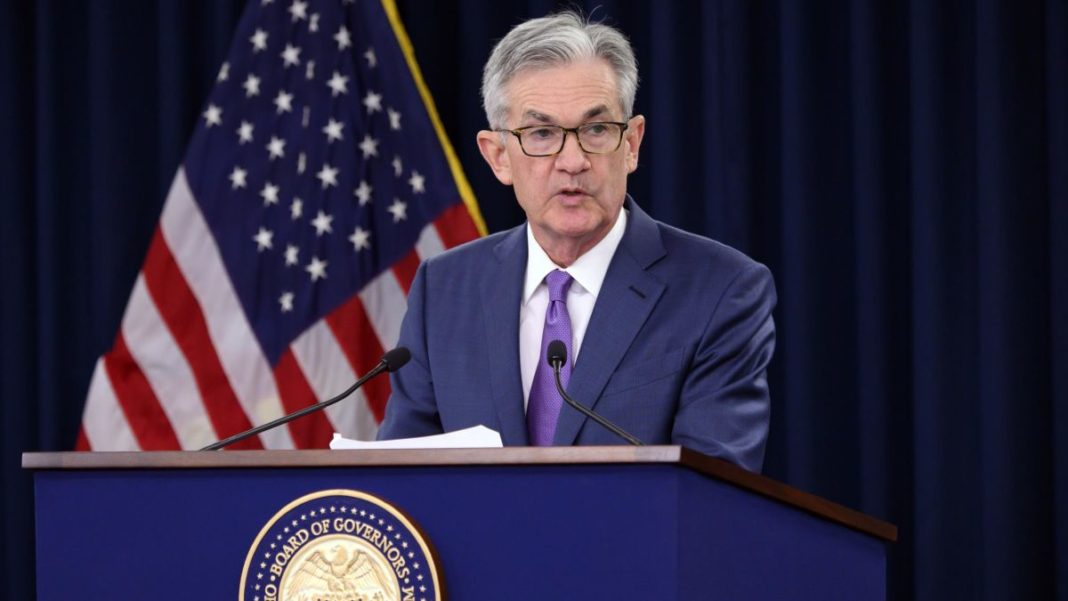Donald Trump's second presidential administration is about to reach its 100-day milestone on April 30, a benchmark that originated with Franklin D. Roosevelt's first 100 days in 1933 when he passed 15 major pieces of legislation during the Great Depression. During Trump's first 100 days, he has focused on shrinking the federal government through the Department of Government Efficiency led by Elon Musk, resulting in approximately 75,000 voluntary buyouts and tens of thousands of additional layoffs. Trump signed 137 executive orders covering areas from immigration to tariffs, inciting over 80 lawsuits challenging his actions on immigration, gender, diversity, and climate change. His administration has famously imposed intense tariffs, particularly against China (up to 145%); while initiating peace talks between Russia and Ukraine, eliminated $20 billion in climate funding, and disbanded numerous federal roles, including at USAID. The S&P 500 has declined 8.5% since Inauguration Day thanks to trade wars, recession concerns, and Federal Reserve tensions, while Trump's approval rating has averaged 45%.
EQUITY
Wall Street cheered the third consecutive broad market gain, primarily in technology stocks. The S&P 500 is now considered out of correction territory after Trump's walk-back of attacks against Federal Reserve Chair Jerome Powell, injecting hopes for stability, while Treasury yields declined with the 10-year rate dropping to 4.3%. ServiceNow came to attention with a gain almost reaching 16% after earnings, notably with rising demand for its AI-integrated offerings.
GOLD
Gold prices rebounded in the late New York session to a high of $3,370 before pulling back, failing to break above and staying in a mid-term rally, sowing doubt on the asset's ability to hold its current value, heading toward its first weekly loss this month. If trade conditions improve further in the future, there is reason for gold to go through a proper pullback into a reasonable price level.
OIL
Crude oil was up slightly in a volatile trading session, with both benchmarks remaining on track for weekly losses of 0.6% and 2.3%, respectively. The potential de-escalation of U.S.-China trade tensions, with reports that China is considering exemptions from its 125% tariffs on some U.S. imports and Trump indicating that trade talks were underway, will ease demand concerns in addition to U.S. Energy Secretary Chris Wright reversing his earlier optimistic stance, now stating that "$50 oil is not sustainable for producers," pointing toward shale producers.
CURRENCY
The dollar has gone through a rough week, initially falling after President Trump fired a flurry of statements against Fed Chair Powell but later recovering when he backtracked on these threats. The dollar ticked up slightly on Friday following a report that China was considering tariff exemptions for some U.S. goods. The greenback has been the biggest casualty of Trump's trade policies, dropping 4.8% in April, which would mark its largest monthly decline since November 2022.














